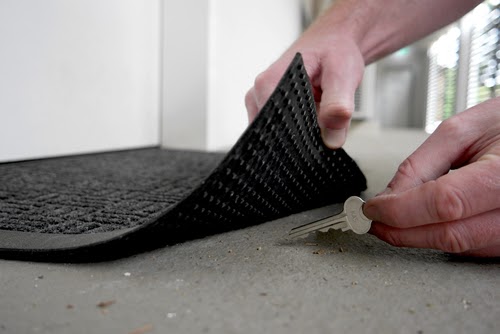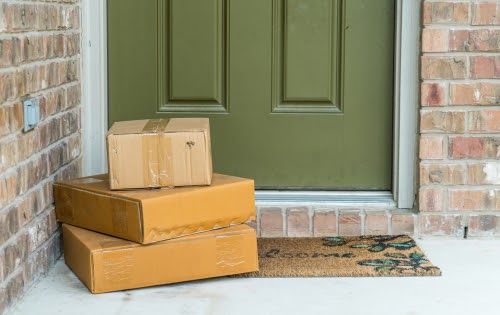Your home is your nest, your place to escape the world outside, a place to be comfortable and safe, where you can raise your family. With so much at stake, don’t skimp on security. If it’s important to you to keep your family and valuables safe, be sure to evaluate your safety standards on a routine basis and make sure that you are not guilty of these common home security mistakes that others frequently make.
Home Security Fails: What You Absolutely Shouldn’t Do

Common home security mistakes
When looking for homes to break into or vandalize, burglars and vandals choose places that seem to be easy targets. When surveilling a neighborhood, they look for homes with predictable patterns of when people come and go. They look for well-maintained homes with nice cars in the driveway. They also look for easy ways to get into your home–such as open windows, unlocked doors, or open garages.
You don’t want your home to be a target, whether you are at home or when you are gone. Here are some common mistakes that people make that can threaten the security of their homes:

- Hiding your spare key under a rock/doormat/flower pot –Many people have a spare key outside their front door for when they accidentally get locked out, or when a neighbor or family member needs to drop by when you aren’t home. Just don’t hide it in a conspicuous place.
- Leaving windows and doors unlocked –unlocked windows or doors are an invitation to burglars to enter your house, either at night or when you are gone. Make sure all the doors and windows are locked when you leave the house.

Brothers Locksmith Home Security Services
- Letting mail pile up –Everyone knows that a collection of mail or newspapers signal to any passersby that you are out of town. Ask a friend or neighbor to pick up your mail or newspapers when you are gone–or ask the post office to pause your mail delivery temporarily.
- Having outdated or non-functioning alarm systems –Keeping your alarm system working and up to date is essential. Otherwise, why have an alarm system at all? If your home security system isn’t working correctly, we can help.
- Not having a deadbolt lock –Burglars can break into your house even through a locked door–if the door doesn’t have proper safety locks.
- Failing to rekey locks upon getting a new home –If you have just moved into a new house, you don’t know who has a copy of the keys. Previous tenants, realtors, construction workers, or handymen could all have keys that would allow them entry. Or maybe you have lived in your house for several years now.
- Think about how many people might have had access to your keys in the past, including neighbors, dog walkers, former roommates, cleaning staff, handymen, other family members. Anyone who has had your keys in the past could easily make or distribute copies. It’s essential to rekey your locks so that you can control who has access to your keys and entry into your house.
Here at Brothers Locksmith, we provide several valuable home security services to homeowners and renters alike.

Our specialized home security audit will help you identify the areas in your home that might be weak points to home security, inviting burglars into your home. Our home security professionals will walk through your home to review your windows, doors, and other potential entry points to your house. We will check the locks, doors, and windows, evaluate them for safety and give you sound advice and recommendations for improving any areas that are not secure.
Call Us Any Time!








